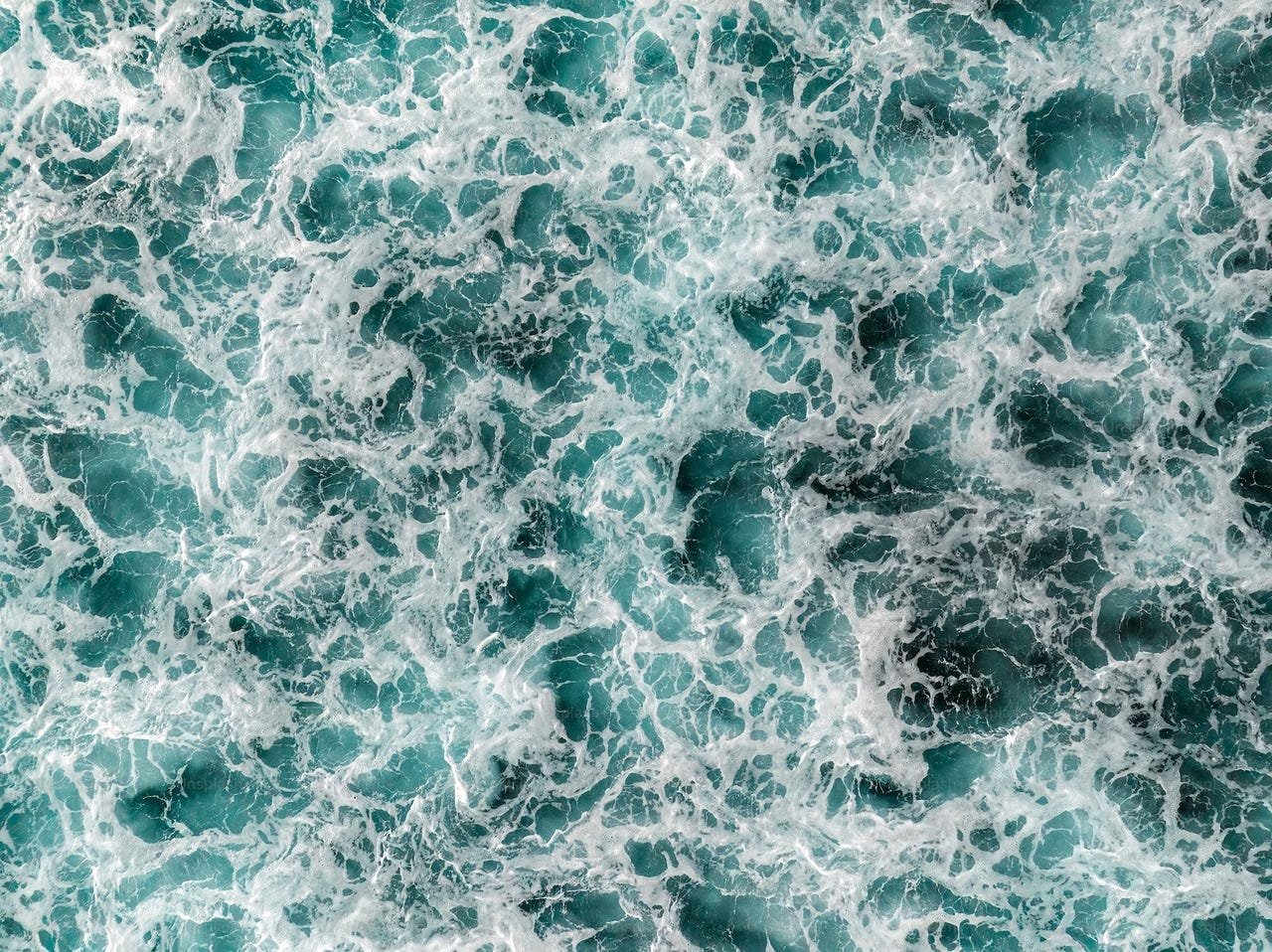
Explore how anxiety can show up in your life, work, and relationships
Read on

The Designer Who Traded His Camera Phone for a Pad of Paper
Shridhar Reddy was a colleague of mine. We always had great conversations at lunch. Afterward, I’d often find a mysterious book on my desk on a wide array of topics — from Winnebagos to UX design to nature journaling.
Shridhar mentioned he had stopped taking photos and started drawing on his daily runs. I wanted to know more. The shift felt like it could help others. It signaled creative regeneration.

Guide to the Language of Beautiful Voyager
Some of these terms came from Meredith (founder of BV), some from articles or tv shows, and many from the BV Slack group. Understanding the lingo helps understand the concepts, so that's why we're creating one place to be able to refer to it all.

How Anxiety Feels as a Teenager in India
Pratigya Esther Ram is a 19-year-old undergrad commerce student in Bhopal, Madhya Pradesh in India. She wrote her anxiety a letter, and this is how it begins...
Dear Anxiety,
If I could say three words to you, I would undoubtedly say 'please stop'. You silently laugh that I can't count but honestly I'm too tired to give a second thought to something that's been on my mind for far too long now. I've been meaning to say this for quite sometime, or maybe since the day we started and I was scared to say this until now, but I don't think this is working out....